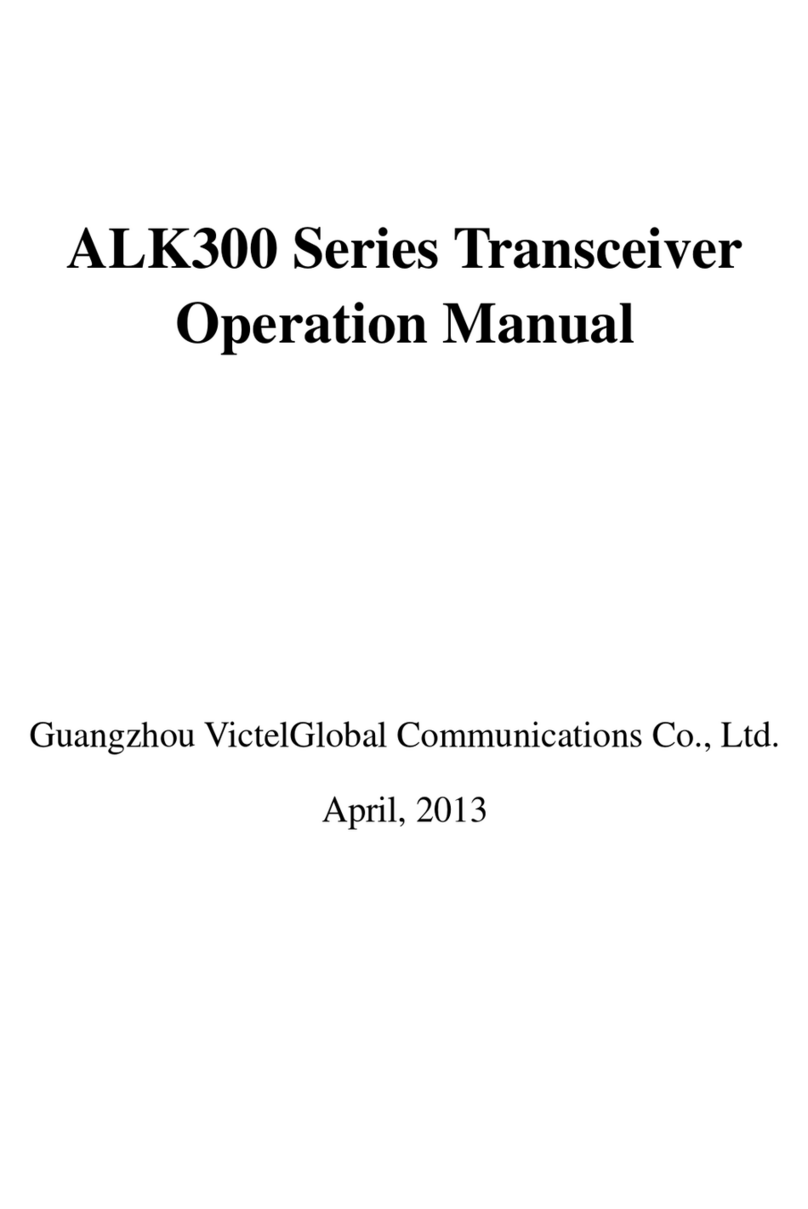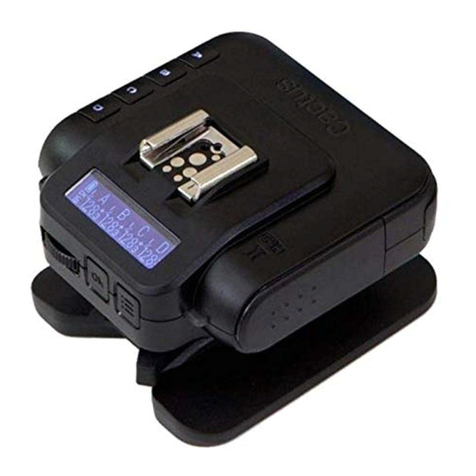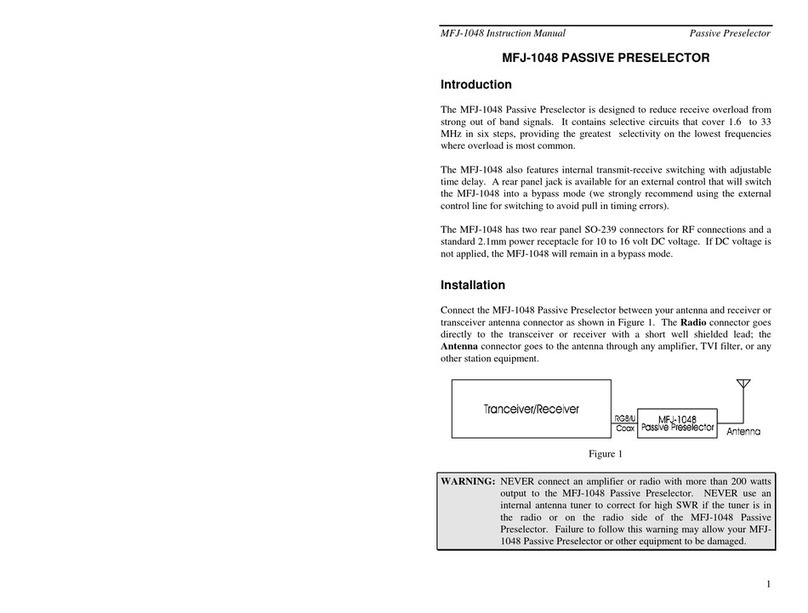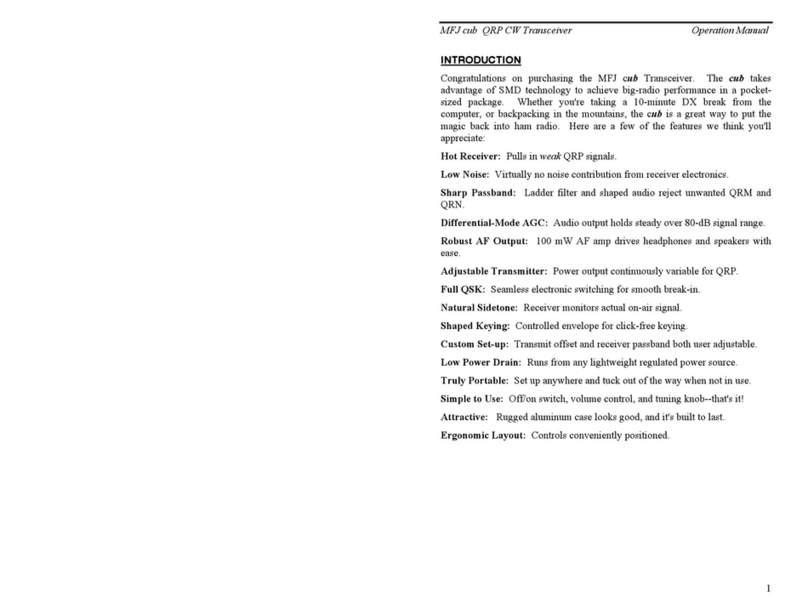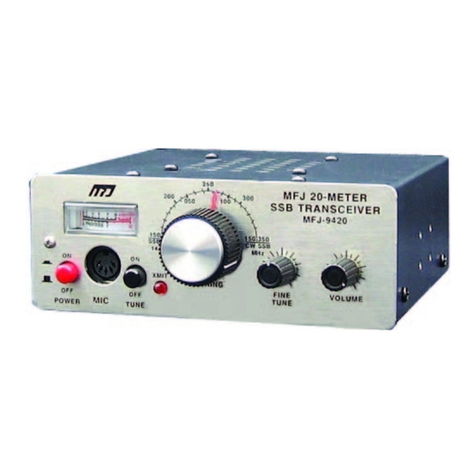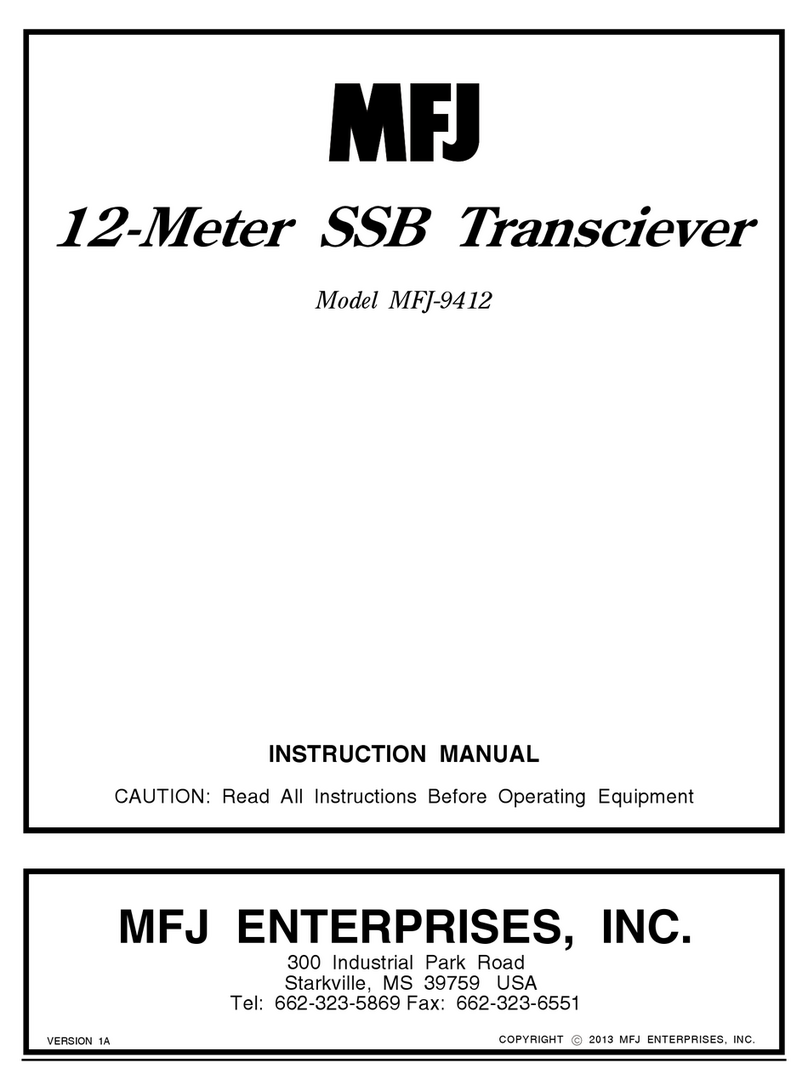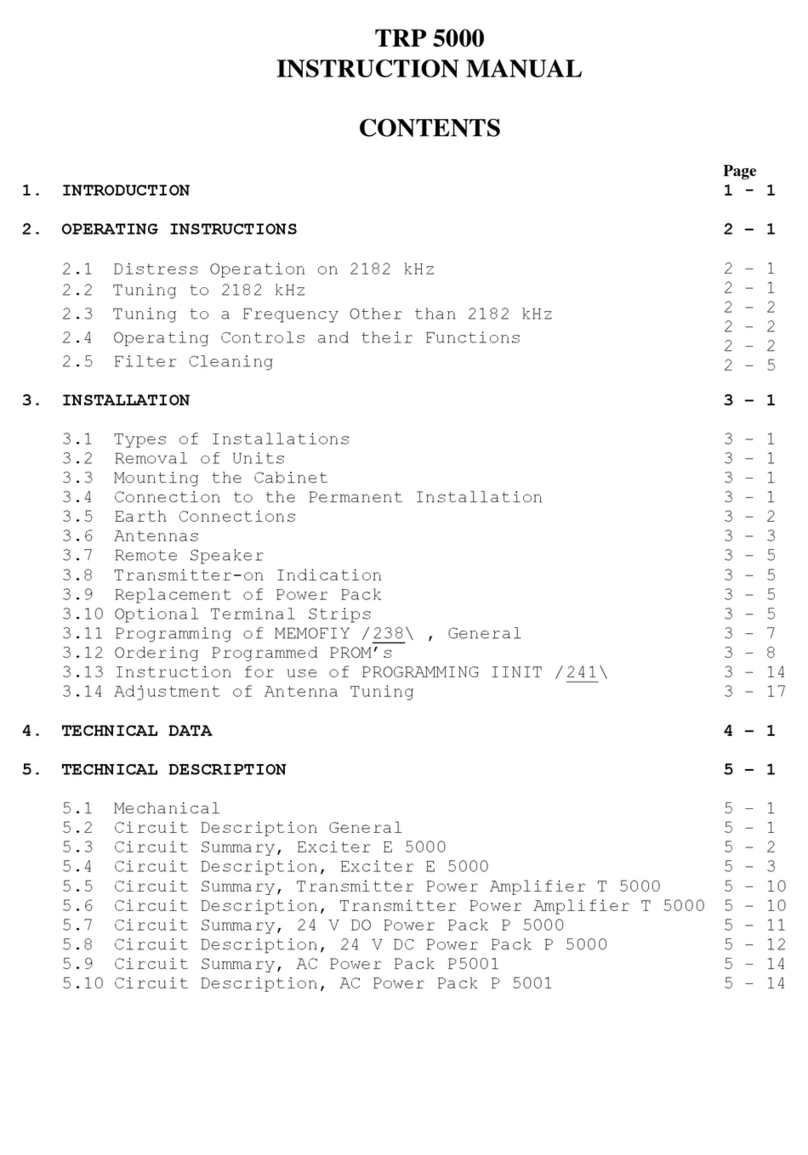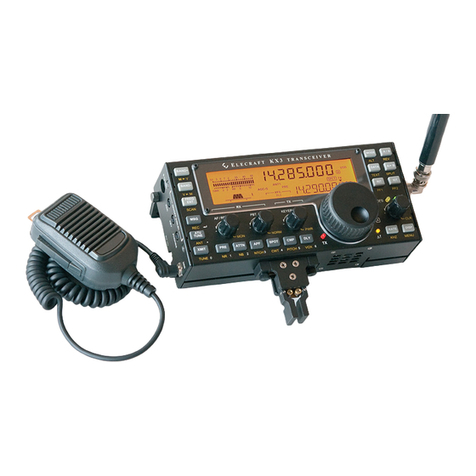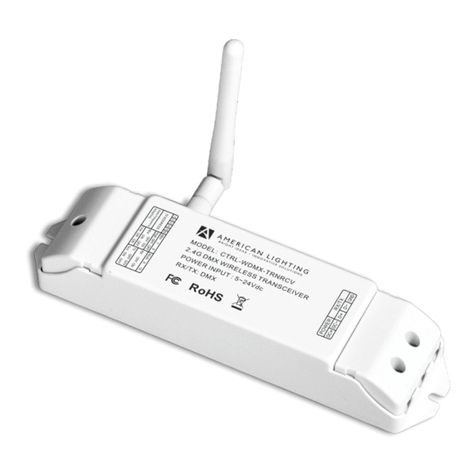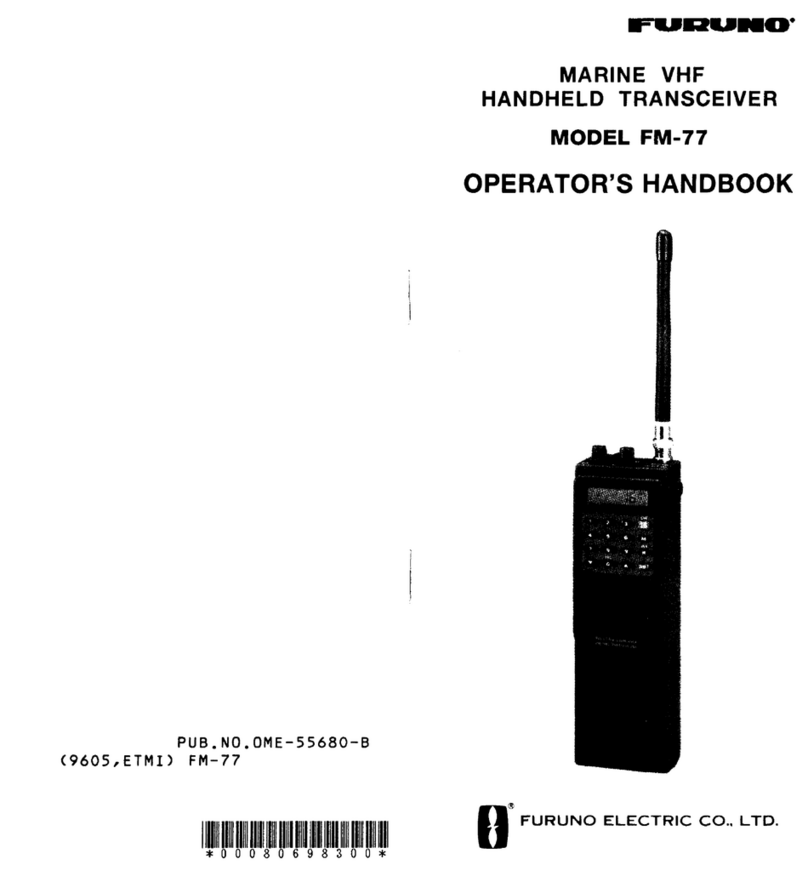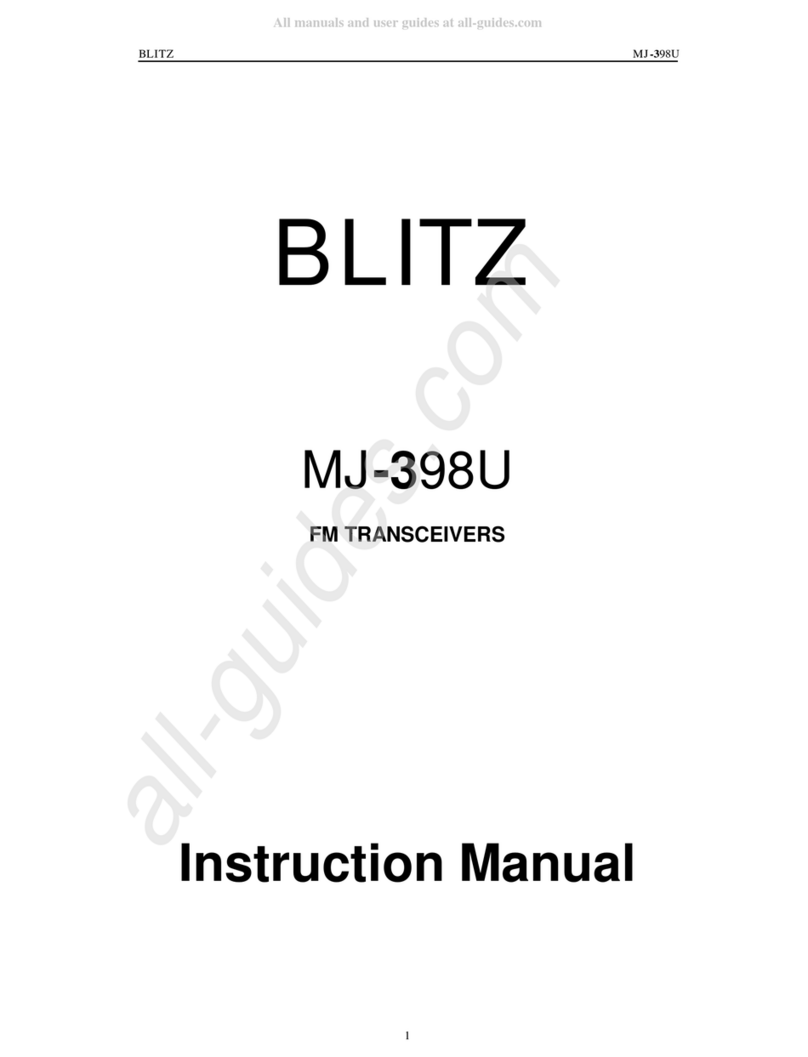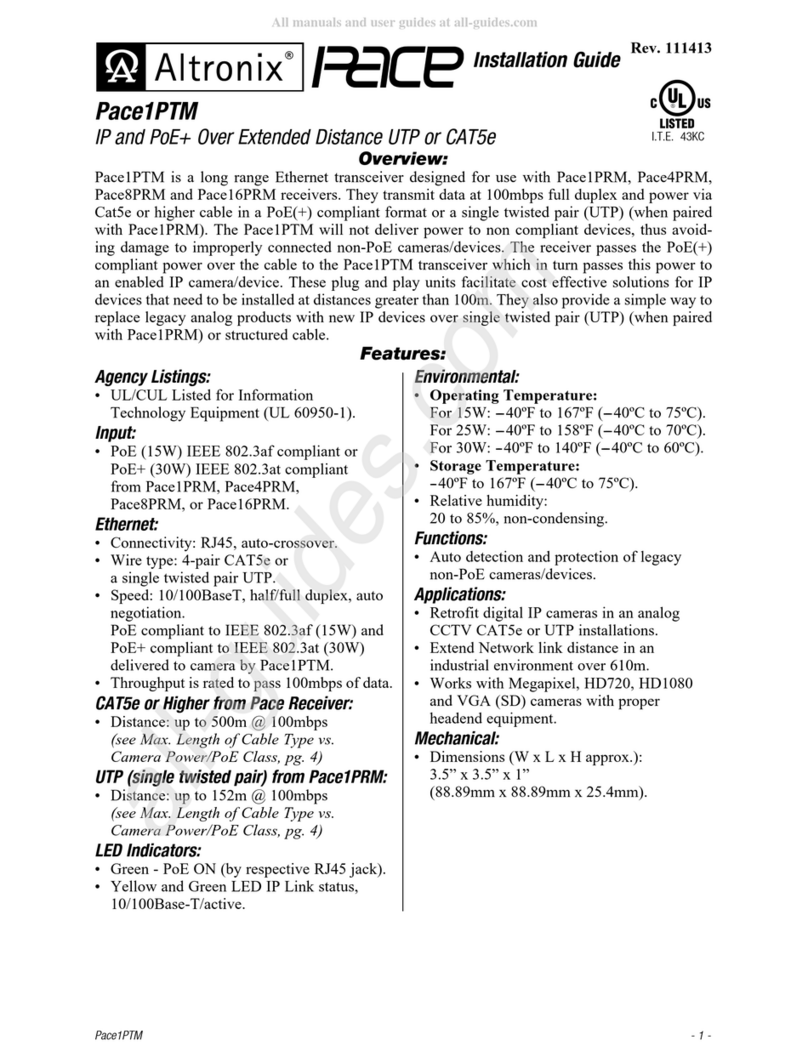
The dc amplifier Q3/Q4 drives the AGC input of U2 and the S meter circuit. In RX, AGC is audio derived
from AF pre-amp U4a (switch Q2 sets slow AGC decay for SSB reception). On transmit, processor control
voltage is derived from PA level detector D9 (Q2 sets fast decay for syllabic processor).
Receiver product detector U3 demodulates incoming SSB signals (10 MHz LO is self generated by U3).
U3's audio output feeds U4a, a preamp and active LP audio filter. U4a drives ACG detector D6/D7 (input
to U4a is killed by switch Q5 during TX to disable the AGC path to U2). U4a also drives AF power
amplifier U5 through the volume control. U5, which powers the speaker during RX, is gated into standby
during TX to prevent residual feed through.
TRANSMITTER: Microphone speech amp U4b drives balance modulator U6 during TX (switch Q6 kills
U4 output to prevent mic bleed through via U6/U2 during RX). LO for U6 is derived from U3's BFO
oscillator. Q8 is used to unbalance U6 for carrier or CW generation. DSB output from U6 is routed to Y1
Y6 via switch D1/D2 for removal of LSB products and carrier artifacts. After undergoing dynamic
compression in U2, the processed USB signal is routed to transmitter mixer U7 by switch D3/D4 where it is
mixed with 4 MHz VFO (VFO signal is sampled from U1's oscillator and buffered by Q1). Bandpass filter
L5 L6 selects the 14 MHz mixer product and feeds it to pre-driver Q9. Q9 feeds driver Q10. Q10 drives
PA stage Q11. Q11 operates in single-ended class AB with bias generated by clamping diode D10. T5
matches PA output to a 50 Ohm system, and low pass filter L7 L8 suppresses harmonic content. Level
detector D9 tracks the SSB speech envelope and generates feedback to Q3/Q4 and U2. Syllabic
compression of the speech waveform optimizes average transmitter output power. The MFJ 9420 is
especially designed to operate from light-weight constant current power sources such as NiCd cells or the
MFJ wall adapter AC supply.
SWITCHING AND REGULATION: Q7 activates relay K1, which routes the antenna line and activates the
+T and +R buses (+T and +R buses power some stages, key switch nodes, and bias Q11 on during TX).
Adjustable regulator U8 sets Vcc for low level stages. Fixed regulator U9 sets U1 operating voltage to
ensure VFO stability. Crowbar diode D11 and a pc track fuse protect the radio from reverse polarity.
REAR PANEL
1. POWER JACK: 5.5mm OD, 2.1mm ID, (+) to center pin.
2. ANTENNA JACK: SO 239 for standard coax plugs.
3. MIC GAIN: Sets Speech amp Gain (normal setting 12:00).
4. CW ADAPT: Engages CW adapter (accessory).
5. KEY: Accepts straight key or keyer.
FRONT PANEL
1. METER: Show signal strength on RX, ALC on TX.
2. POWER SWITCH: Turns power on to transceiver.
3. MIC: 5 Pin Din Jack for Dynamic Microphone.
4. TUNE: Injects carrier for ATU adjustments.
5. XMIT: LED illuminates when transmitting.
6. TUNING: Tunes in stations, indicates VFO frequency.
7. VOLUME: Adjusts listening level.
8. PWR INDICATOR: LED illuminates when power on.
To put your MFJ 9420 station in operation, you'll need a power source, a 20 Meter antenna, and a
microphone. Here are some specific suggestions to help you get started:




